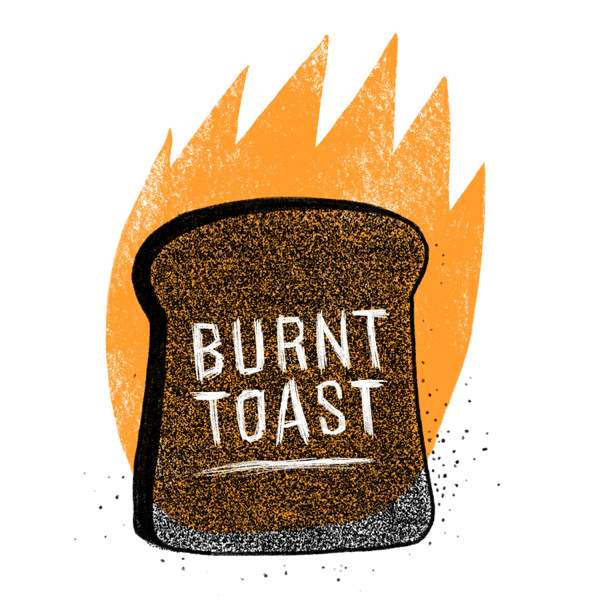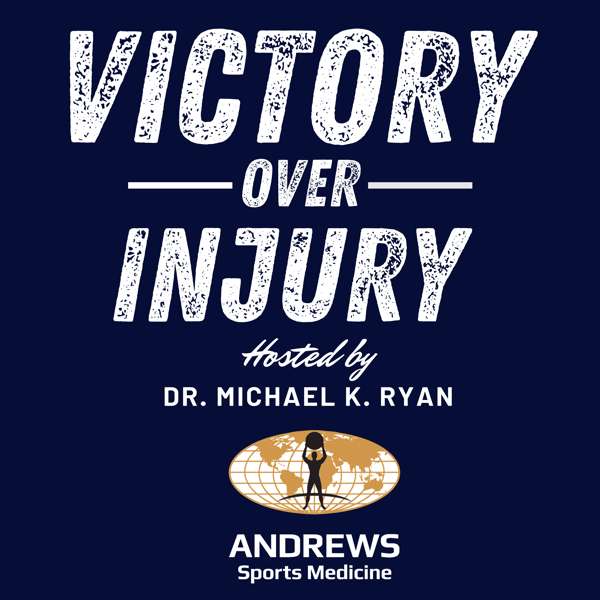Dr. Richard Balon gives a lecture on physician burnout and mandated wellness and Nick Andrews talks to Damian McNamara about the final days of Hahnemann University Hospital in Philadelphia.
Masterclass guest
Richard Balon, MD: professor of psychiatry and training director at Wayne State University, Detroit.
In March, Dr. Balon spoke at the American Academy of Clinical Psychiatrists 2019 annual meeting in Chicago, sponsored by Global Academy for Medical Education. Global Academy and this news organization are owned by the same company.
Lecture Notes
By Jacqueline Posada, MD, who is a consultation-liaison psychiatry fellow with the Inova Fairfax Hospital/George Washington University program in Falls Church, Va.
Physician burnout and effective interventions
- The scales (for example, the Maslach Burnout Inventory) do not necessarily represent the full extent of burnout:
- If physicians work 12 hours but find fulfillment in work, they will be tired but not necessarily burned out. However, if physicians work 12 hours a day feeling frustrated by the systemic problems, then burnout can ensue.
- Common contributors to provider burnout:
- Excessive workload: Pressures of working with an electronic medical record, extensive time spent on documentation; lack of work satisfaction and job control; lack of respect for the work; and student loan burden.
- "Moral injury": The emotional burden that occurs when physicians cannot deliver ideal care/treatment to patients, especially when limited by resources (such as insurance or poverty), or other systemic health care issues.
- Work environment and organizational culture: These factors also contribute to physician burnout.
Burnout is a problem for health care organizations as a whole
- Two main ways to address burnout: physician-directed interventions (focused on individuals) and organization-directed interventions.
- Organization-directed burnout prevention strategies include:
- Reducing workload; reducing time spent on documentation, such as decreasing time spent in front of EMRs; cultivating effective teamwork; fostering a sense of job control.
- Organizations prefer individual-focused interventions over systemic changes:
- Examples include mindfulness teaching, yoga, cognitive-behavioral therapy techniques, education about burnout, and education.
- Individual-focused interventions are great, but they are not realistic for changing the culture that contributes to burnout.
Interventions for burnout
In a systematic review and meta-analysis in JAMA Internal Medicine, Maria Panagioti, PhD, and colleagues found that:
- Burnout interventions focused on individual physicians have small, significant effect on physician burnout.
- Organizational-directed approaches result in greater treatment effects, especially when interventions focus on promoting healthy individual/organization relationships.
- The impact of individual interventions can be improved when supported by organizational interventions.
- Interventions targeted at more experienced physicians within primary care settings show greater treatment effect than interventions targeted at less experienced physicians within secondary treatment settings.
Approaches identified by staff can lead to meaningful change, as outlined by in a New England Journal of Medicine article by Melinda Ashton, MD.
- A Hawaiian health care system queried individuals (physicians and mid-level and nursing staff) to identify which parts of EMR documentation were poorly designed, unnecessary, and could lead to unintended burdens contributing to burnout.
- This type of survey improves the efficiency of a system and illustrates that the health care organization cares about preventing clinician burnout.
References
Panagioti M et al. Controlled interventions to reduce burnout in physicians: A systematic review and meta-analysis. JAMA Intern Med. 2017 Feb 1;777(2):195-205.
Ashton M. Getting rid of stupid stuff. N Engl J Med. 2018 Nov. 8;379(10):1789-91.

 Our TOPPODCAST Picks
Our TOPPODCAST Picks  Stay Connected
Stay Connected







